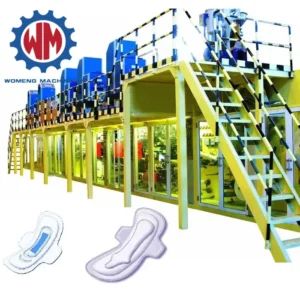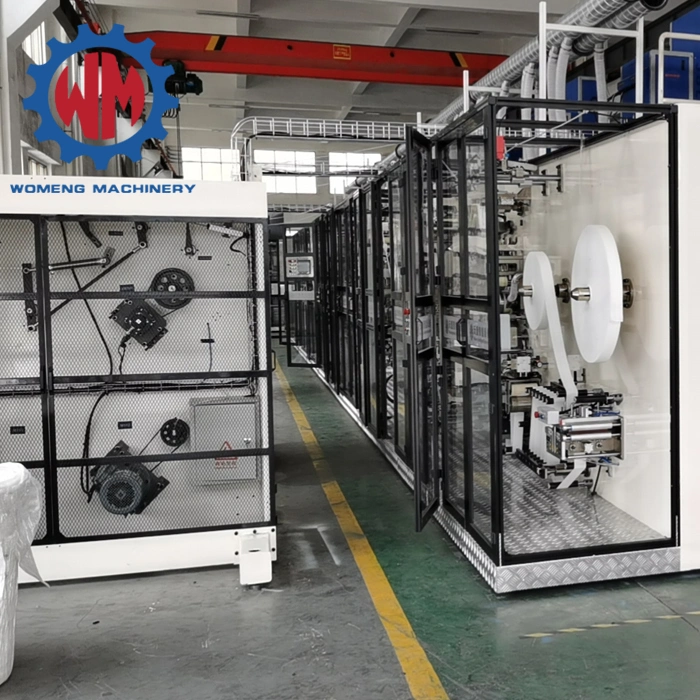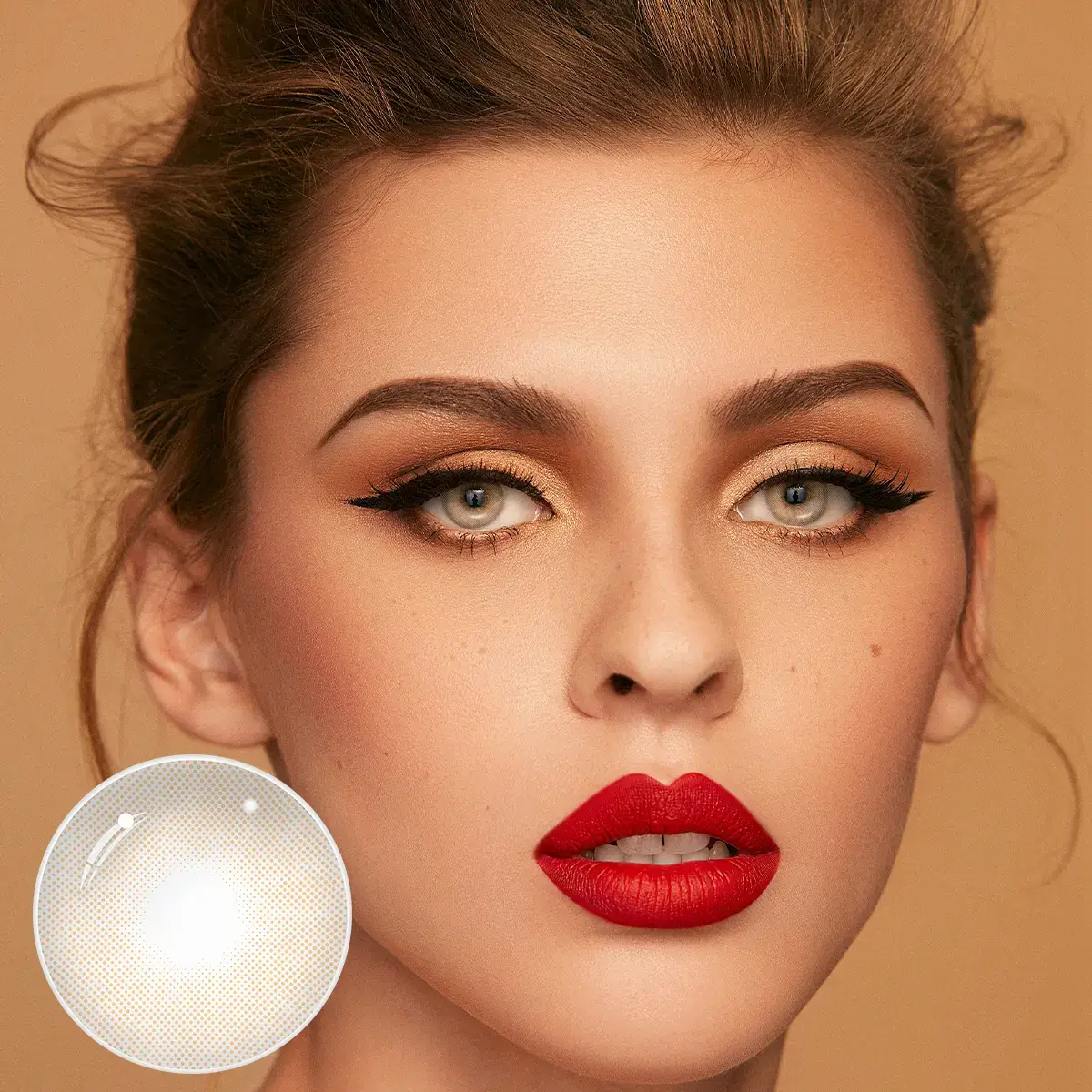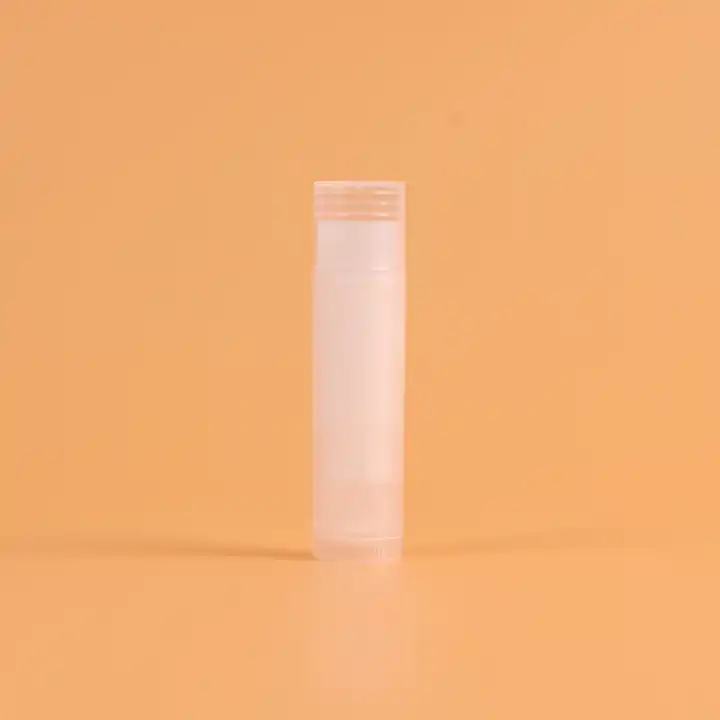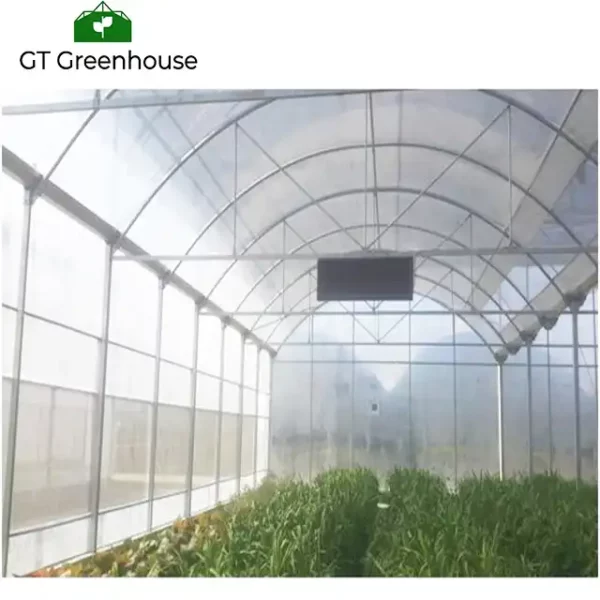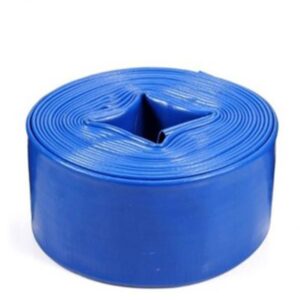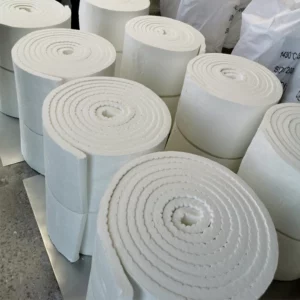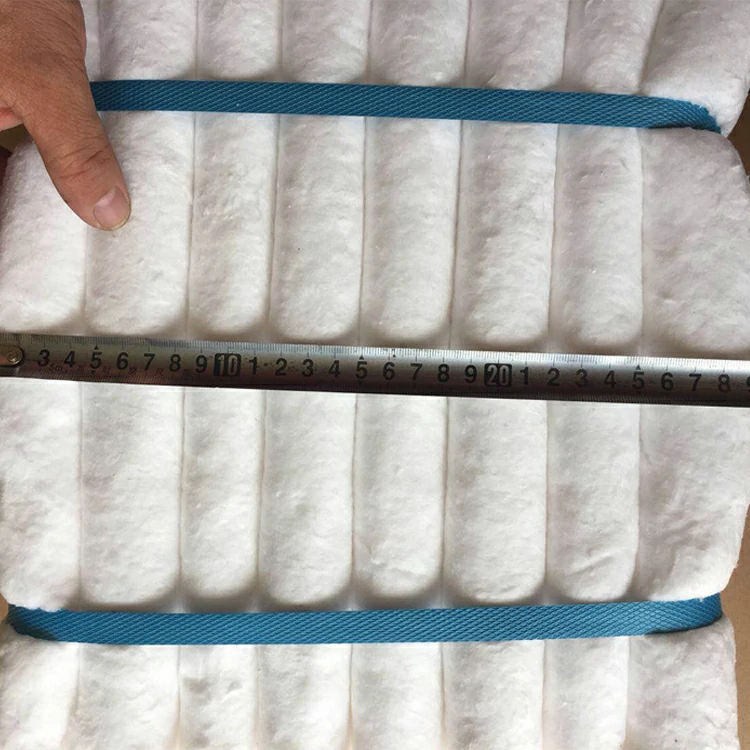Black malleable pipe fittings have made a significant contribution to the construction industry by providing durable, versatile, and corrosion-resistant solutions for connecting and controlling the flow of fluids in various piping systems. Understanding their composition, manufacturing process, advantages, applications, installation techniques, and maintenance considerations empowers engineers, contractors, and industry professionals to make informed decisions and ensure the longevity and reliability of their piping systems.
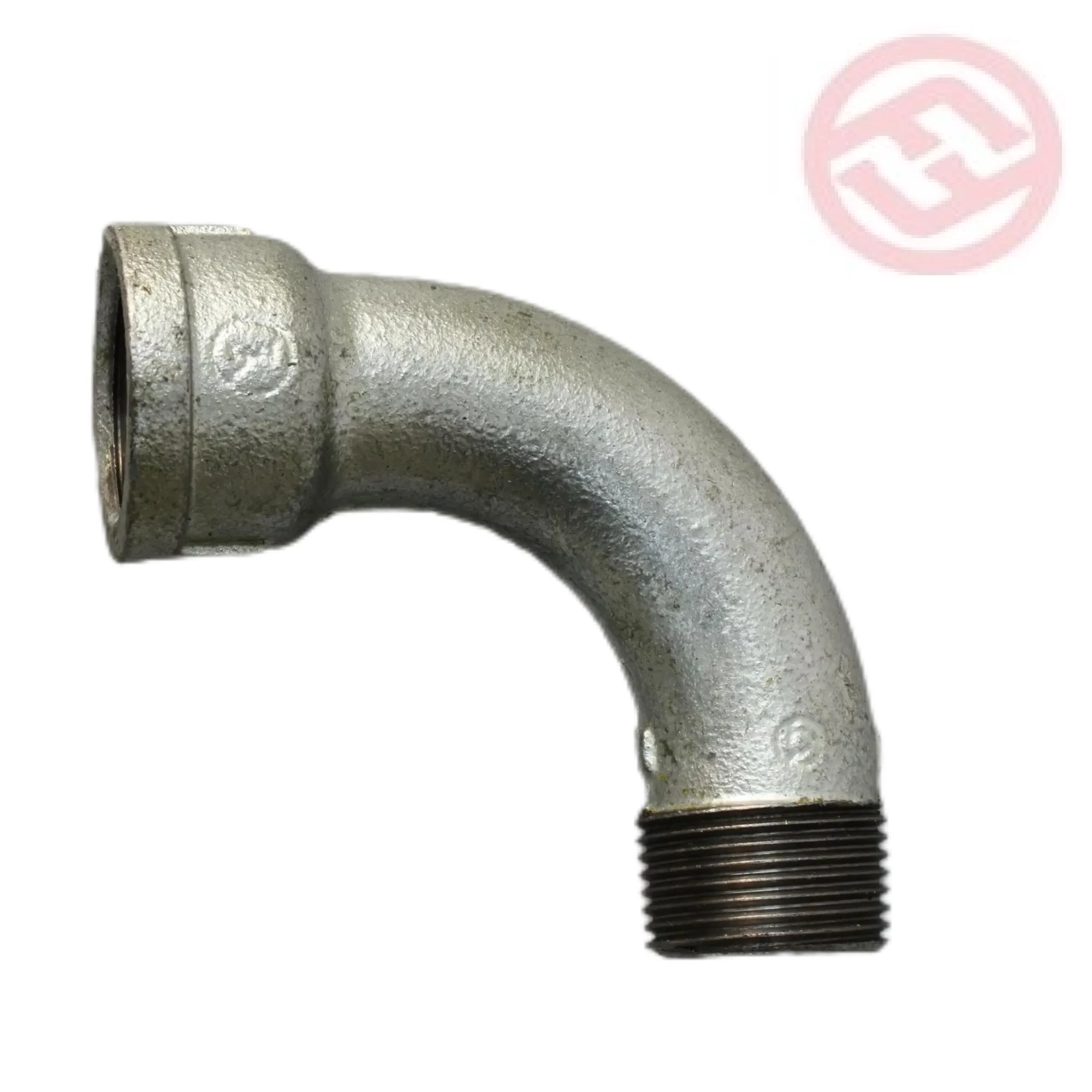
Unveiling Black Malleable Pipe Fittings
Black malleable pipe fittings are specialized connectors used in plumbing, heating, and fire protection systems. They are manufactured from a distinctive material known as malleable iron, which combines the strength of cast iron with the malleability of wrought iron. This unique composition allows black malleable iron pipe fittings to be easily shaped and threaded, making them highly versatile and adaptable to various piping configurations.
Manufacturing Process of Black Malleable Pipe Fittings
The production of black malleable pipe fittings involves several key steps:
- Raw Material Preparation: Pig iron, scrap iron, and steel are melted together in a furnace to create a molten metal mixture.
- Casting: The molten metal is poured into molds to form the desired shapes of the pipe fittings.
- Annealing: The castings undergo a heat treatment process called annealing, which enhances their malleability and reduces brittleness.
- Threading: The fittings are machined to create threads on their ends, allowing for easy connection to pipes and other fittings.
- Finishing: The fittings are coated with a black oxide finish to protect them from corrosion and enhance their durability.
Advantages of Black Malleable Pipe Fittings
Black malleable pipe fittings offer numerous advantages that make them a preferred choice in the construction industry:
- Durability: Malleable iron is known for its exceptional strength and durability, ensuring the longevity of piping systems.
- Malleability: The malleable nature of the material allows for easy bending and shaping, simplifying installation and accommodating complex piping layouts.
- Corrosion Resistance: The black oxide finish provides excellent corrosion resistance, making these fittings suitable for use in harsh environments.
- Heat Resistance: Black malleable pipe fittings can withstand high temperatures, making them ideal for heating systems and industrial applications.
- Versatility: They are available in a wide range of sizes, shapes, and configurations, catering to diverse piping requirements.
Applications of Black Malleable Pipe Fittings
Black malleable pipe fittings find applications in a multitude of construction projects, including:
- Plumbing Systems: Used to connect pipes in water supply and drainage systems.
- Heating Systems: Employed in hydronic heating systems to distribute hot water or steam.
- Fire Protection Systems: Essential components in sprinkler systems and fire hydrant installations.
- Industrial Piping: Utilized in various industrial settings, including manufacturing plants and power generation facilities.
- Agricultural Irrigation: Employed in irrigation systems to distribute water to crops.
Installation Techniques for Black Malleable Pipe Fittings
Proper installation is crucial to ensure the integrity and performance of piping systems:
- Pipe Preparation: Cut the pipes to the desired lengths and remove any burrs or sharp edges.
- Applying Sealant: Apply a sealant to the threads of the pipe fittings to ensure a leak-proof connection.
- Hand Tightening: Screw the pipe fittings onto the pipes by hand until they are snug.
- Tightening with a Wrench: Use a wrench to tighten the fittings further, but avoid overtightening to prevent damage.
- Pressure Testing: Perform a pressure test to check for leaks before putting the system into operation.
Maintenance Considerations for Black Malleable Pipe Fittings
Regular maintenance ensures the longevity and reliability of black malleable pipe fittings:
- Visual Inspection: Periodically inspect the fittings for signs of corrosion, damage, or leaks.
- Tightening Connections: Check the tightness of the fittings and retighten if necessary.
- Cleaning: Clean the fittings to remove any dirt or debris that may accumulate over time.
- Replacement: Replace any damaged or worn-out fittings promptly to maintain system integrity.

